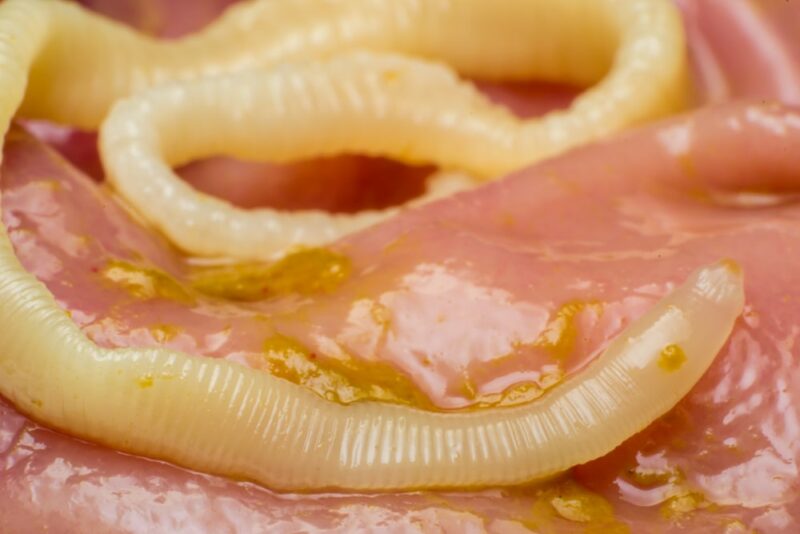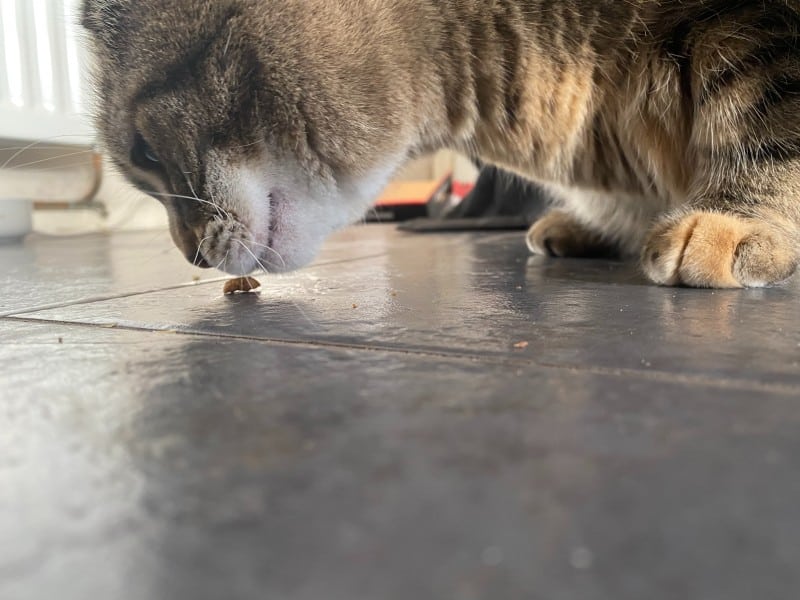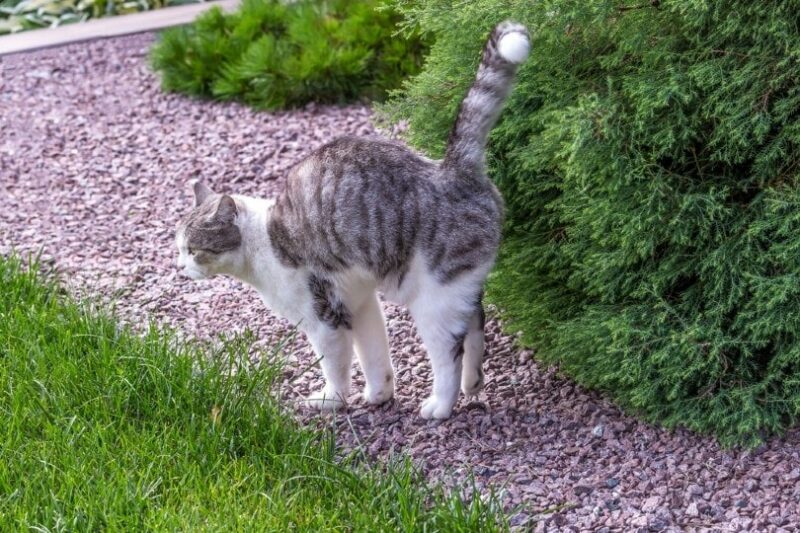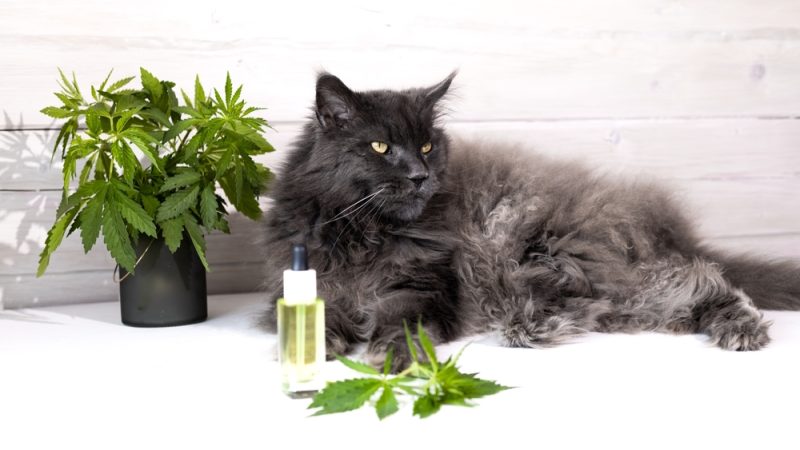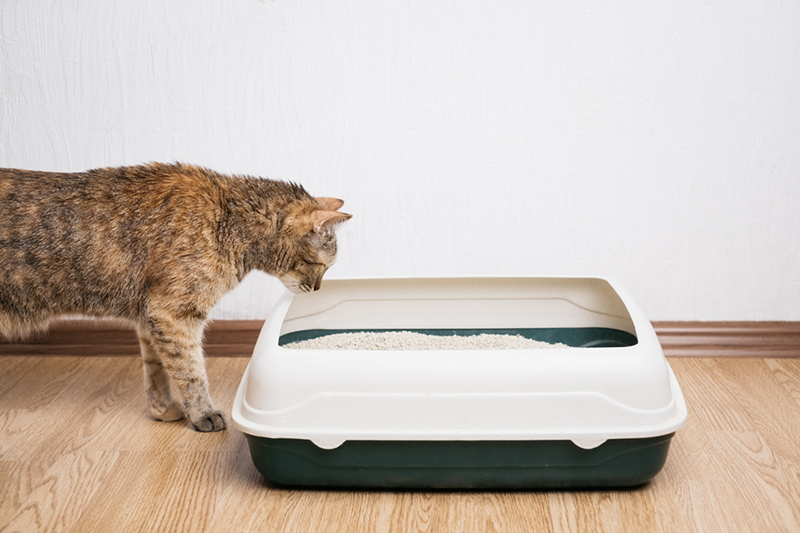In this article
View 4 More +Testing for parasites and deworming are important aspects of pet care, especially in puppies and kittens. There is a relatively high likelihood that any dog or cat will become infested with some type of internal or external parasites, be they fleas, ticks, or worms, at one point in their lives. These pests can adversely affect our animal companions and in some cases, are transmissible to people.
Tapeworms are common in cats and dogs, and they can also infest humans. However, they aren’t contagious in the same way that you can catch a cold from someone, and human infestation is not that common. Cats cannot directly spread tapeworms to humans, but if your cat is infested with tapeworms, your risk of infestation does increase. Let’s take a closer look at the tapeworm life cycle, and what we need to do to keep our pets and family safe.

Types of Tapeworms
“Tapeworm” is the common name for parasitic worms in the class Cestoda. They are internal parasites that live in the gastrointestinal (GI) tract of an infected host. The name is an appropriate moniker for their long, segmented structure. Many species are host specific, meaning they only parasitize certain organisms. They can vary in length from a fraction of an inch to several feet long.
The scientific name of one of the most common tapeworms affecting cats and dogs is Dipylidium caninum. It can also infect humans, though this is rare. The intermediate host is the flea, which carries the infective life stage, the larva. If your pet ingests a flea that is infected with tapeworm, they will become the definitive host, growing the worms into the adult form, which then disperse eggs into the environment through the feces.
Other types of tapeworms in cats, dogs, and wild canines are Taenia spp. and Echinococcus multilocularis, both of which can affect your kitty under the right circumstances. It’s worth noting that these species are more often transmitted to humans from livestock. Echinococcus poses a serious risk to public health and is particularly prevalent in North-Central United States and South-Central Canada.
An infection from Echinococcus can cause a condition called alveolar echinococcosis in humans. It can lead to cysts in the lungs, liver, and brain, which are fatal if left untreated. Luckily, it rarely occurs in humans, though it is common in animals. However, false negatives are a concern because of the eggs’ similarity to Taenia spp. The medical community continues to monitor its prevalence, and there are strict protocols in place for transporting pets in and out of areas with a high prevalence of Echinococcus, and it is a major focus of meat biosecurity.
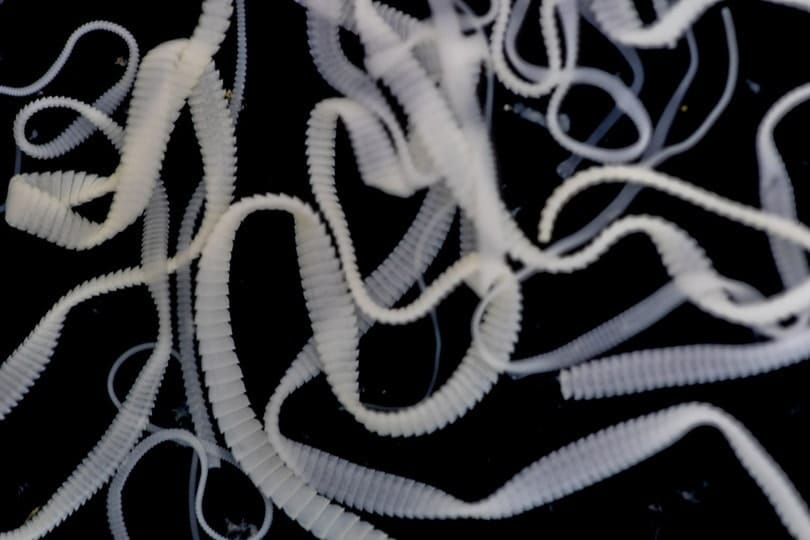
Signs of a Tapeworm Infestation
Often, parasitic infections go completely unnoticed, and your cat may not show any signs of distress or illness. Kittens and senior pets are most at risk. Indications of a tapeworm infestation include the following:
- Unexplained weight loss +/- abdominal enlargement
- Loss of appetite
- GI distress
- Vomiting
You may also see the tapeworm segments, called proglottids, which look like flat grains of rice, on your pet’s hind end or in their stool. It’s often the first thing pet owners see, alerting them to a parasite issue.
If you need to speak with a vet but can't get to one, head over to PangoVet. It's an online service where you can talk to a vet online and get the advice you need for your pet — all at an affordable price!

How Cats Become Infested With Tapeworms
First, flea larvae must ingest a tapeworm egg from the feces of an animal infected with tapeworm. The egg develops into a tapeworm larva inside the flea. Cats become infested with tapeworms by swallowing fleas that have ingested tapeworm eggs. They do this when they are grooming their coat, which they are likely to do more vigorously if they have fleas. The tapeworm larvae attach themselves to the intestinal lining and grow into adults, made up of an ever-increasing number of proglottids, which fill with eggs. Over time, these proglottids break off and are shed in the feces, and the cycle begins again.
The tapeworm needs the flea in order to develop into the larva, and the cat needs to ingest fleas in order to become infested.
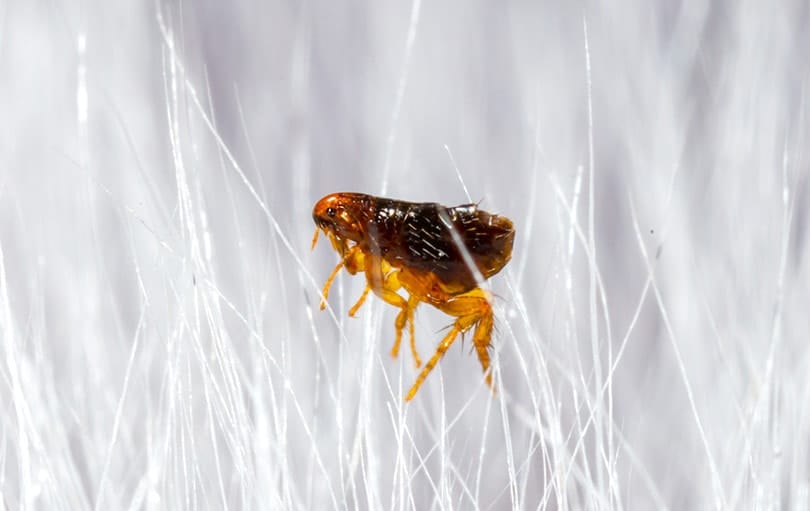
Treating a Tapeworm Infestation
Fortunately, tapeworms can be readily eliminated by routine worming treatment. As part of your cat’s annual check-up, your vet may request a stool sample to look for parasites like tapeworms and roundworms. It’s worth noting that additional testing is necessary for Taenia spp. and E. multilocularis to identify these parasites.
There are a number of different worming treatments available, and your vet will recommend one that will treat the types of worms found and potentially address external parasites at the same time. Because only the adult tapeworm is susceptible to the worming treatment (called anthelmintics), you will need to repeat the treatment two to three times to ensure you have eliminated all worms.
Your vet will likely request another sample after deworming to confirm the elimination of the problem. Your vet may suggest routine treatment at specific intervals if it’s a recurring issue. If you have more than one pet, all animals must undergo deworming.

Preventing Future Problems
The most effective way to prevent future tapeworm infestations is by eliminating the intermediate host: the flea. Keeping your cat on regular flea prevention should stop them from ingesting tapeworm larvae, as well as help them stay comfortable and healthy. Once you have broken the flea/tapeworm life cycle, which may take several months, control and prevention become much easier.
If you have multiple cats, it is essential that all individuals be treated, even if they aren’t all showing signs.
Preventing tapeworm in humans comes down to basic hygiene, and is particularly important when we talk about children. Ensuring they wash their hands after playing with pets is important, as is teaching them to keep their hands away from their mouths when they are cuddling cats.
Talk to your vet about the risks and prevalence of these parasites in your area, as well as their recommendations for keeping your pets and family tapeworm free.

Final Thoughts
Tapeworms are ubiquitous internal parasites that commonly affect dogs and cats. Fortunately, preventive health strategies and proper hygiene can prevent them, along with many other issues for your feline friends, and transmission to humans is rare.
See also:
Featured Image Credit: Todorean-Gabriel, Shutterstock
